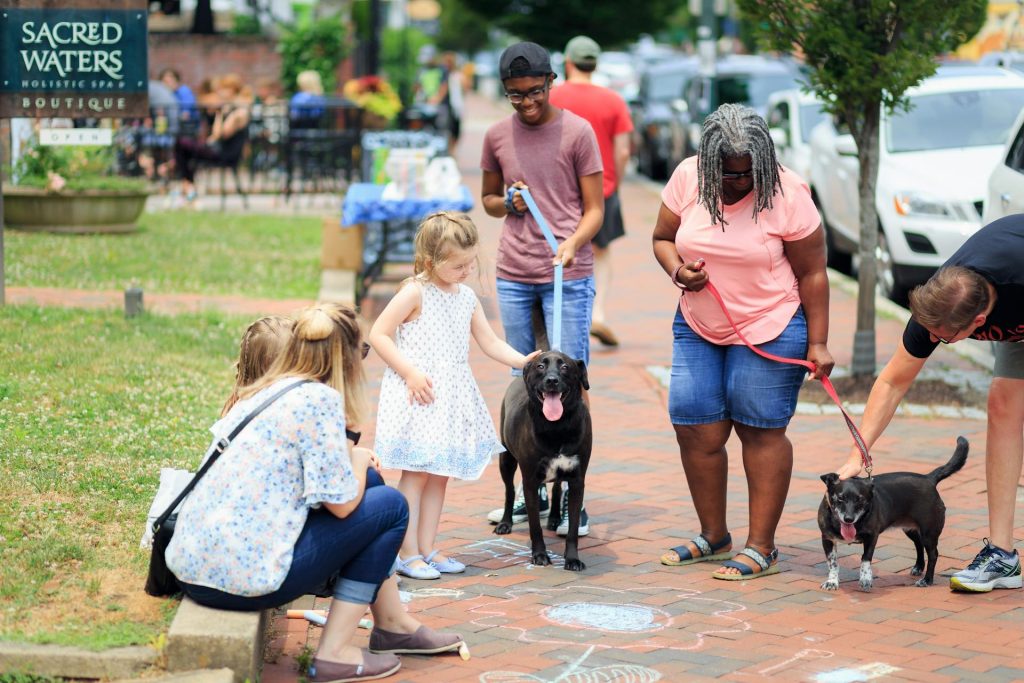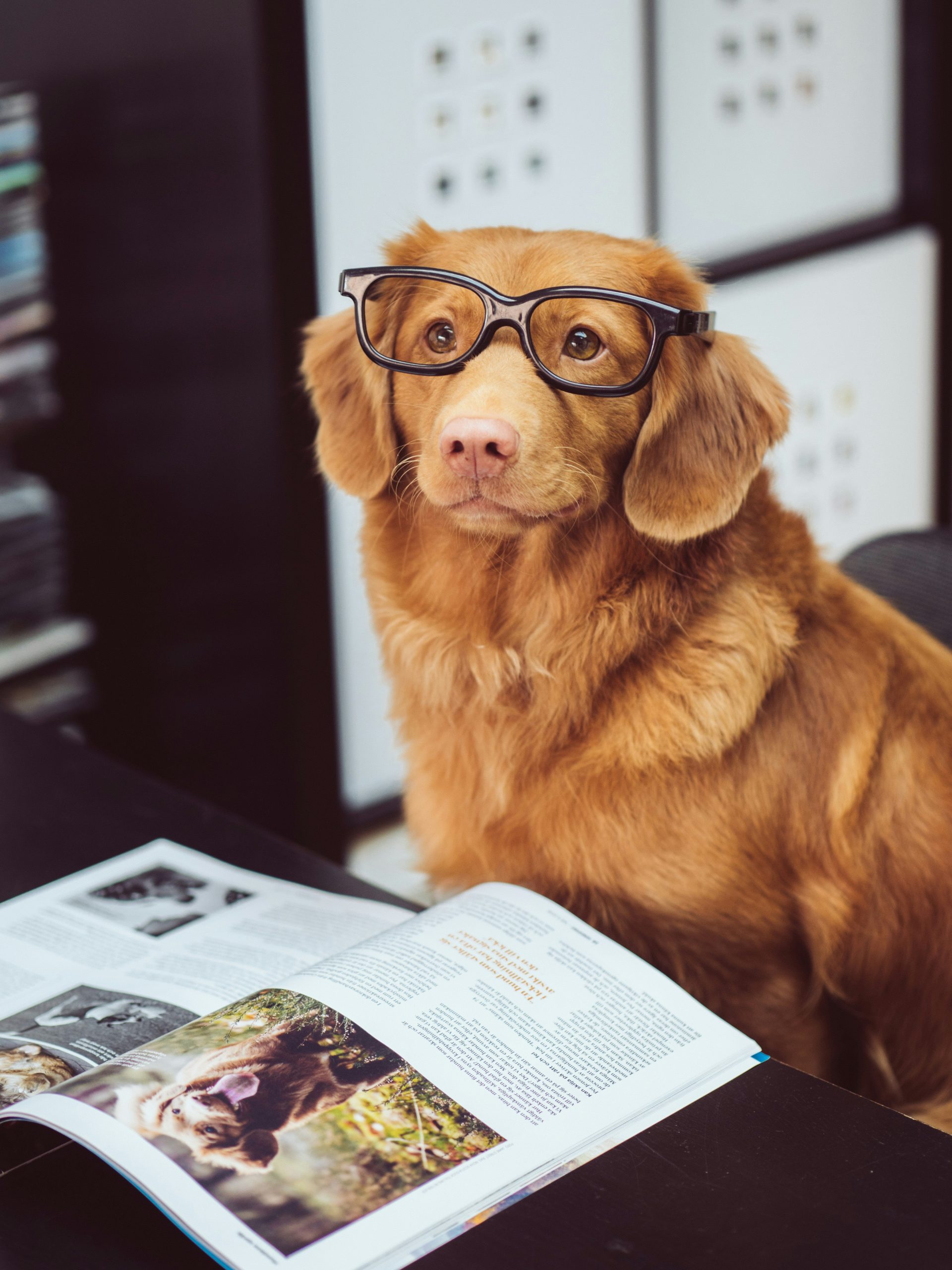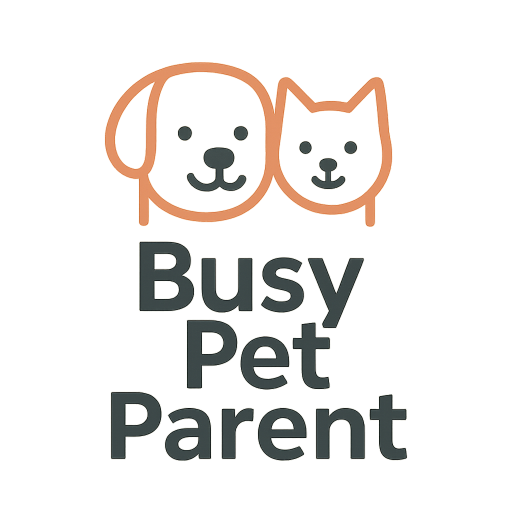
15 Effective Tips for Apartment Dog Socialization That Actually Stick
Apartment dogs face a different social world than their suburban counterparts. Busy elevators, echoing hallways, barking neighbors, and sidewalk strangers can all feel overwhelming—especially for puppies or rescue dogs new to the environment.
The good news? With the right approach, your dog can learn to navigate apartment life with calm confidence. These 15 effective apartment dog socialization tips focus on building positive associations, minimizing reactivity, and setting your pup up for long-term success in close quarters.
1. Start Indoors with Calm Exposure to Noises
Before tackling crowded sidewalks or parks, help your dog acclimate to apartment-specific sounds—footsteps in the hallway, doorbells, elevator dings, and voices through walls. Use a sound desensitization playlist or just sit quietly by the door while offering treats.
This builds early confidence and prevents noise-triggered barking. For more help with indoor triggers, see our guide on barking and noise desensitization.
2. Practice Elevator Manners Before You Need Them
Elevators can be tight and unpredictable. Use treats to encourage calm behavior as the doors open, and teach your dog to “wait” or “sit” before stepping in. If your dog is small, hold them securely; if large, keep them close and facing away from others.
Do a few practice runs during quiet hours to build confidence before busy times. This prevents lunging, barking, or overwhelm in confined public spaces.
3. Reward Calm Behavior Near Other Dogs
In apartments, dogs often pass each other at close range. Instead of forcing interaction, reward your dog for simply noticing another pup without reacting. Praise and treat when your dog looks, then calmly looks away.
This teaches neutrality and builds trust. You’re not aiming for every dog to become a friend—you’re teaching your dog to stay composed, even in tight spaces.
4. Use a Training Harness or Front-Clip Leash
Tight hallways and entryways make leash pulling a safety hazard. Use a front-clip harness to reduce pulling and give you better control during unpredictable interactions. Training tools can help you redirect calmly without yanking or escalating.
Practice leash skills during low-traffic times and gradually build up. Calm exits set the tone for the rest of your walk.
5. Create Positive Associations With Neighbors
Apartment dogs often see the same people repeatedly—neighbors, mail carriers, delivery folks. Ask friendly neighbors if they’re willing to toss a treat from a distance or let your dog sniff calmly while you praise from the sideline.
Never force interaction, but do create gentle, rewarding moments that help your dog build trust in their environment.
6. Practice Door Desensitization Drills
Many apartment dogs become reactive when someone knocks or walks by. Practice “door drills” where you mimic knocks, door creaks, or voices in the hallway—rewarding your dog for staying relaxed.
If barking starts, calmly redirect with a treat or toy before the arousal escalates. With time, your dog learns the door isn’t something to fear or guard.
7. Rotate Walking Routes to Build Confidence
It’s easy to fall into a routine—same street, same corner, same potty spot. But rotating your walking route (even slightly) adds variety and gentle challenge. Different sights, smells, and sounds build resilience and help reduce territorial reactivity.
Start with small changes—like walking your usual route in reverse or adding one extra block. Confidence builds through variety, not overwhelm.
8. Create Neutral Greetings at the Front Door
Apartment dogs often get overstimulated by visitors. To prevent jumping, barking, or anxiety, train a “place” command where your dog goes to a mat or bed when the door opens. Reward calmness before greetings happen.
If your dog is shy or fearful, let them observe from a distance without pressure. Socialization doesn’t mean forced friendliness—it means choice and comfort.
9. Attend Low-Stakes Social Events or Classes
Community dog meetups, urban manners classes, or even brewery patios can offer structured, safe social exposure. Look for events that prioritize calm, leashed greetings and respect each dog’s comfort level.
These settings help your dog practice good behavior around people and pets—without the unpredictability of crowded dog parks.
10. Avoid Dog Parks If Your Dog Isn’t Ready
While dog parks can sound like a socialization solution, they often overwhelm or trigger reactive behavior in apartment-raised dogs. Crowds, unpredictable greetings, and lack of supervision can lead to negative experiences that undo progress.
Stick to calm, controlled exposures—like parallel walks or low-traffic outdoor areas—until your dog shows readiness and relaxed body language around others.
11. Practice Neutrality in Shared Apartment Spaces
Elevators, laundry rooms, mail areas—these are tight spaces where apartment dogs must learn patience. Instead of rushing past others, pause and reward your dog for sitting calmly or making eye contact.
Keep interactions brief and respectful. Reinforcing neutrality—being calmly present—is often more powerful than teaching your dog to be friendly with everyone.
12. Use Enrichment Toys to Reduce Barking Triggers
Socialization isn’t just external—it’s about internal calm too. Dogs who are mentally stimulated at home bark less at outside noises or hallway traffic. Use puzzle toys, food-dispensing balls, or frozen Kongs to occupy your pup while you’re away or busy.
This helps prevent stress-based reactivity and builds independence—key traits for apartment dogs.
13. Introduce New Stimuli in Small Doses
Whether it’s a stroller, skateboard, umbrella, or person in a hat—apartment dogs encounter a wide range of urban stimuli. Introduce these one at a time, paired with treats and distance, so your dog has time to process and adjust.
Rushing exposure can backfire. Instead, celebrate small wins and build up to more challenging environments over time.
14. Advocate for Your Dog During Every Interaction
Just because someone wants to pet your dog doesn’t mean they should. You’re your dog’s best advocate—if they’re uncomfortable or showing avoidance, step in and guide the situation. Socialization means trust, not pressure.
Watch for signs like tail tucking, lip licking, yawning, or turning away. Respect their signals and reward their communication.
15. Track Progress—Not Perfection
Socialization isn’t linear. Some days your dog will cruise past barking dogs; other days they might struggle with a simple hallway pass. Keep a simple log of wins, challenges, and triggers to help spot patterns and celebrate improvements.
Over time, these tiny wins add up to big results. Socialization that “sticks” happens with patience and repetition—not pressure.
Final Thoughts
Socializing an apartment dog doesn’t require chaos, packed parks, or constant pressure. Instead, focus on creating calm exposures, rewarding neutrality, and advocating for your pup’s comfort. These 15 apartment dog socialization tips are all about building confidence that lasts—step by thoughtful step.
Whether you're raising a city puppy or helping a rescue adjust to apartment life, remember: progress matters more than perfection. You’ve got this—and so does your dog.
Frequently Asked Questions
What is the best way to socialize a dog in an apartment?
Start with calm, consistent exposures to everyday sights and sounds. Use treats, praise, and distance to help your dog build confidence. Focus on neutral behavior, not forced friendliness, and gradually expand their comfort zone.
Can I socialize my dog without going to a dog park?
Absolutely. Socialization can happen during neighborhood walks, near playgrounds, in elevators, or with friendly neighbors. Dog parks are optional—and often overstimulating for dogs not ready for them.
How do I stop my dog from barking at hallway noises?
Use enrichment toys, background noise like white noise machines, and calm desensitization training. Reward your dog for staying quiet and relaxed when hallway sounds occur, and avoid reacting with frustration.
Should I let strangers pet my dog during socialization?
Only if your dog is comfortable. Socialization is about exposure and confidence, not forced interaction. Let your dog decide if they want to greet and reward calm curiosity over excitement or fear.
How long does dog socialization take in an apartment setting?
Socialization is a gradual process. Some dogs adjust quickly, while others need weeks or months to build confidence. Be consistent, patient, and celebrate small progress—apartment dogs thrive with trust and routine.

Join the Busy Pet Parent Newsletter!
Get easy routines, time-saving tips, and the latest gear reviews—delivered straight to your inbox.
Perfect for busy pet owners, apartment dwellers, and anyone who wants a happy, healthy companion (without the stress).
Exclusive guides & checklists
Product recommendations & deals
No spam—unsubscribe anytime!




